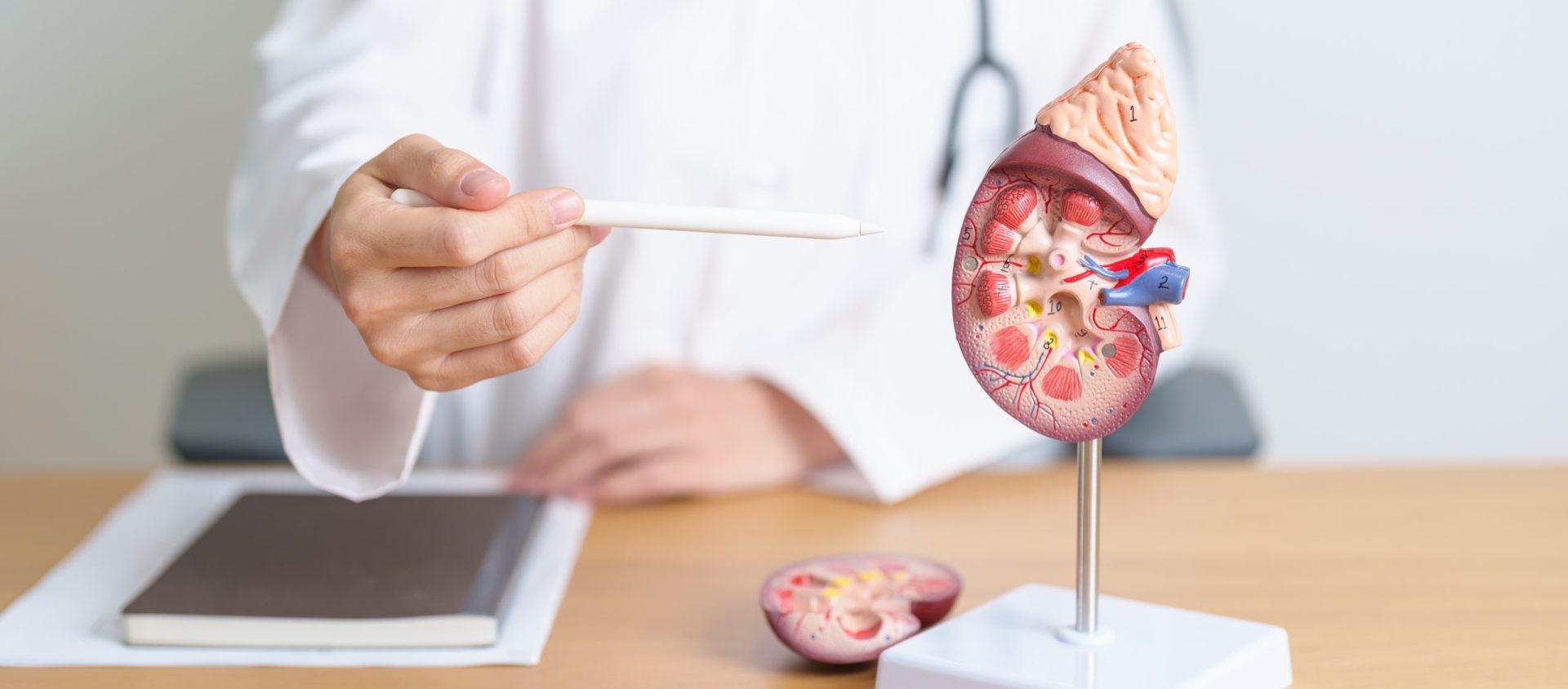
The number of people diagnosed with kidney cancer worldwide is increasing by 2 to 3% year after year, not because the disease is gaining ground but because physicians are detecting more cases thanks to medical imaging. Some of the tumours that are found evolve very slowly and don’t pose a threat in the short or medium terms. What’s more, 15 to 30% of renal masses are benign. Still, the lack of knowledge on the tumours’ long-term development means that doctors and patients often decide to remove them. This precautionary approach is leading to excessive treatment—an issue Patrick Richard, urologist and researcher at the Centre de recherche du Centre hospitalier universitaire de Sherbrooke (CHUS), has decided to tackle.
Dr. Richard is currently leading an international study into a little-known type of kidney tumour: cystic renal lesions. Unlike most masses, which are solid, cystic lesions are filled with fluid. Because they’re the focus of fewer studies, there’s little data to guide treatment. With that in mind, the project team is following patients whose tumours have been surgically removed and comparing them with others whose tumours are being monitored. In the latter group, the patients’ tumours will only be removed if a change in size or characteristics is observed. The aim is to parallel the health statuses of the people in both groups after five years to determine the specific criteria (e.g., size) that would indicate the need for an intervention in the patients who are being monitored.
Patrick Richard is also looking into the limitations of imaging technologies like ultrasounds, CT scans and MRIs, which can’t accurately determine whether a tumour will become malignant or not. When in doubt, physicians order a biopsy—an invasive procedure that can lead to complications such as bleeding. The researcher and his colleagues are exploring the potential of radiomics and artificial intelligence to analyze large quantities of imaging data and create models that more accurately predict the evolution of renal lesions to reduce the number of biopsies and non-essential surgical procedures.
